Home>Construction & Tools>Building Materials>How To Use A Brick Jointer Tool
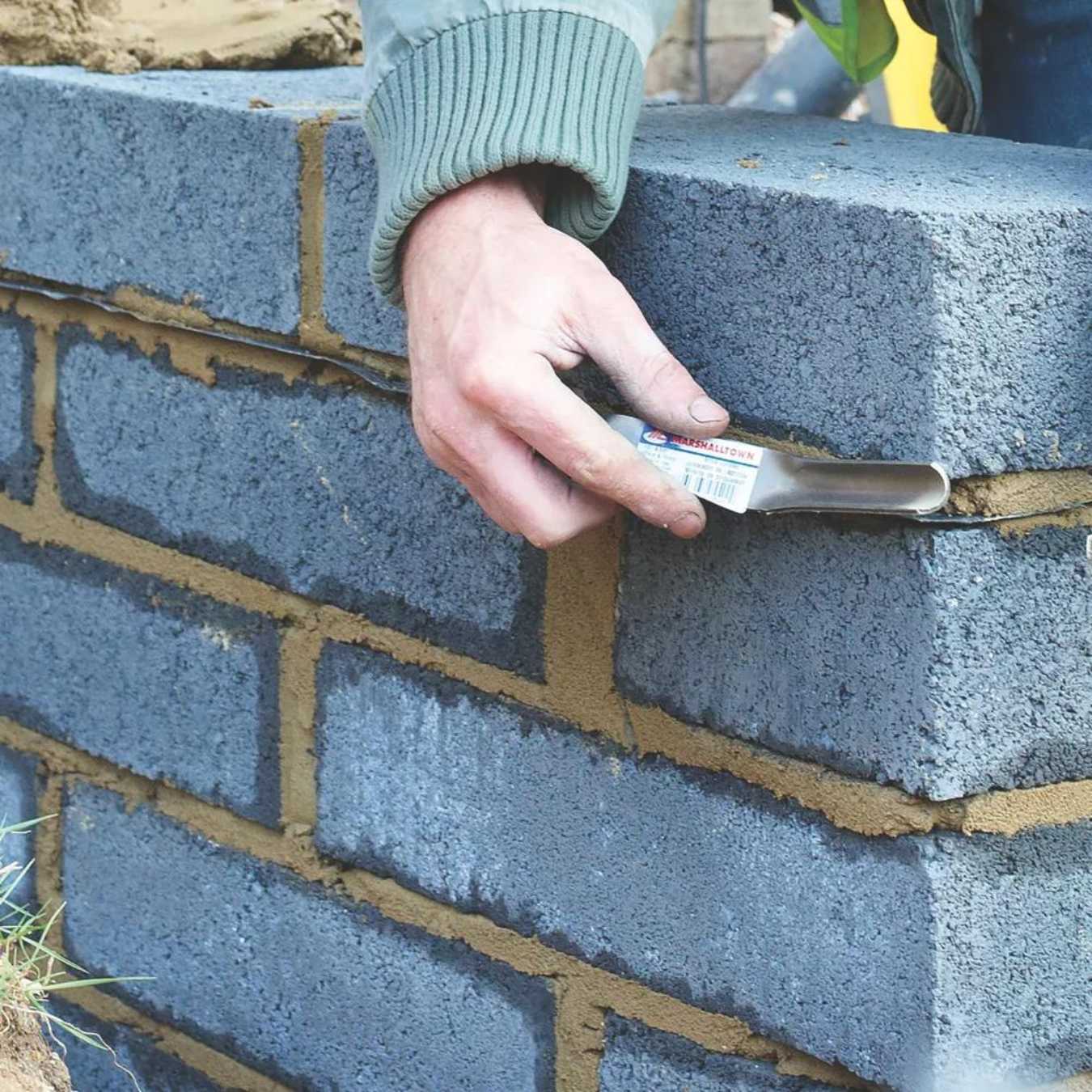

Building Materials
How To Use A Brick Jointer Tool
Published: January 23, 2024
Learn how to use a brick jointer tool to achieve professional-looking mortar joints in your building projects. Get expert tips and techniques for working with building materials.
(Many of the links in this article redirect to a specific reviewed product. Your purchase of these products through affiliate links helps to generate commission for Storables.com, at no extra cost. Learn more)
Introduction
When it comes to masonry work, precision and attention to detail are paramount. Whether you're a seasoned professional or a DIY enthusiast, achieving clean and uniform joints between bricks is essential for both structural integrity and aesthetic appeal. This is where a brick jointer tool comes into play. This simple yet indispensable tool is designed to streamline the process of finishing mortar joints, ensuring a professional and polished look for your brickwork.
In the following sections, we will delve into the intricacies of using a brick jointer tool effectively. From understanding its purpose to mastering the technique, this guide will equip you with the knowledge and skills needed to elevate your masonry projects. So, let's roll up our sleeves and explore the world of brick jointer tools, uncovering the secrets to achieving flawless mortar joints and enhancing the overall quality of your brickwork.
Key Takeaways:
- Using a brick jointer tool is essential for achieving clean and uniform mortar joints in brickwork. It helps create a polished and professional finish, enhancing both the appearance and durability of the structure.
- Before using a brick jointer tool, it’s important to prepare the bricks and mortar properly. This sets the stage for seamless jointing and ensures impeccable results, maximizing the impact of the tool.
Read more: What Is A Brick Jointer
What is a brick jointer tool?
A brick jointer tool, also known as a brick jointer or a brick joint raker, is a handheld device used in masonry to create a consistent and professional finish on mortar joints between bricks. This tool is essential for achieving uniformity and structural integrity in brickwork, as it allows for precise shaping and smoothing of mortar joints.
Typically made of steel, the brick jointer tool features two working edges of different sizes, each designed to accommodate specific joint widths. The tool's primary function is to compress and shape the mortar between bricks, resulting in a neat and uniform appearance. By utilizing a brick jointer tool, masons and DIY enthusiasts can elevate the overall quality of their brickwork, enhancing both its visual appeal and durability.
The design of a brick jointer tool is relatively straightforward, consisting of a handle that provides a comfortable grip for the user and working edges that come in various sizes to accommodate different joint widths. The working edges are often shaped to match the most common joint profiles, such as concave, V-shaped, or flat. This versatility allows the tool to adapt to a wide range of masonry projects, making it a valuable asset for professionals and hobbyists alike.
In addition to its primary function of finishing mortar joints, a brick jointer tool can also be used to compact and shape the mortar around bricks, ensuring a secure bond and minimizing the risk of water penetration and structural instability. This dual functionality makes the brick jointer tool a versatile and indispensable instrument in the realm of masonry work.
Overall, the brick jointer tool plays a crucial role in achieving precision and uniformity in brickwork, making it an essential component of any mason's toolkit. Its simplicity, effectiveness, and ability to enhance the visual and structural aspects of brickwork underscore its significance in the construction and renovation industries.
Preparing the bricks
Before utilizing a brick jointer tool to finesse the mortar joints, it's crucial to ensure that the bricks and mortar are prepared appropriately. This preparatory phase sets the foundation for achieving impeccable results and maximizing the effectiveness of the brick jointer tool. Here's a detailed breakdown of the steps involved in preparing the bricks for jointing:
1. Brick Layout and Alignment
Begin by arranging the bricks in the desired pattern, ensuring that they are aligned evenly and securely in place. Proper brick layout and alignment are essential for creating consistent mortar joints and a visually appealing finished product. Take the time to verify that the bricks are positioned accurately, as any misalignment can impact the overall quality of the brickwork.
2. Mixing the Mortar
Prepare the mortar mixture according to the manufacturer's specifications, ensuring the correct ratio of water to dry mix. Consistency is key when it comes to mortar preparation, as the right texture and composition are vital for achieving strong and durable joints. Thoroughly mix the mortar to eliminate lumps and ensure a uniform blend, as this will facilitate smooth application and jointing.
Read also: 13 Best Masonry Jointer For 2024
3. Applying the Mortar
Carefully apply the mortar to the joints between the bricks, using a trowel to fill the gaps evenly and consistently. The goal is to create a level surface of mortar that seamlessly integrates with the bricks, providing a solid foundation for the jointing process. Pay close attention to the amount of mortar applied, as excess or insufficient mortar can hinder the effectiveness of the brick jointer tool.
4. Allowing the Mortar to Set
After applying the mortar, allow it to set for a brief period, typically until it reaches the desired firmness. This brief waiting period enables the mortar to achieve the ideal consistency for jointing, ensuring that it is neither too wet nor too dry. The readiness of the mortar for jointing is a critical factor in achieving clean and well-defined mortar joints.
By meticulously preparing the bricks and mortar, you set the stage for seamless jointing using a brick jointer tool. This preparatory phase lays the groundwork for achieving professional results and maximizing the impact of the jointing process, ultimately elevating the overall quality and visual appeal of your brickwork.
Using the brick jointer tool
Once the preparatory steps are completed, it's time to wield the brick jointer tool and bring precision and finesse to the mortar joints. The process of using a brick jointer tool involves a series of deliberate and methodical steps, each contributing to the creation of clean, uniform, and structurally sound mortar joints. Here's a comprehensive guide on how to effectively utilize a brick jointer tool to elevate the quality of your brickwork:
1. Selecting the Appropriate Edge
Before commencing the jointing process, it's essential to choose the working edge of the brick jointer tool that corresponds to the desired joint profile and width. The tool typically features two distinct edges, each tailored to accommodate specific joint dimensions. By selecting the appropriate edge, you ensure that the mortar joints are shaped and finished according to the intended specifications, contributing to a cohesive and visually appealing outcome.
Read more: How To Use A Grill Brick
2. Positioning and Angle
With the selected edge of the brick jointer tool in hand, position it against the mortar joint at a consistent angle, ensuring that it aligns seamlessly with the brick surfaces. The angle at which the tool is held plays a crucial role in shaping the mortar and creating a uniform finish. Maintaining a steady and controlled grip on the tool is essential for achieving precision and consistency throughout the jointing process.
3. Applying Pressure
As the brick jointer tool is positioned against the mortar joint, apply gentle and even pressure to compress and shape the mortar. The goal is to achieve a smooth and uniform surface while ensuring that the mortar is adequately compacted for enhanced structural integrity. By exerting controlled pressure, you can finesse the mortar joints without disrupting the surrounding brickwork, contributing to a seamless and professional finish.
4. Repeating the Process
Continue the jointing process systematically, moving along the mortar joints with a deliberate and consistent approach. Each stroke of the brick jointer tool contributes to the refinement of the mortar joints, gradually transforming them into clean, well-defined, and visually appealing features of the brickwork. Consistency and attention to detail are paramount throughout this iterative process, as they directly influence the overall quality and uniformity of the finished joints.
5. Inspecting and Refining
As the jointing process nears completion, take the time to inspect the mortar joints and identify any areas that require further refinement. Utilize the brick jointer tool to address any inconsistencies or imperfections, ensuring that the mortar joints exhibit a uniform and professional appearance. This meticulous approach to inspection and refinement is instrumental in achieving impeccable results and elevating the overall quality of the brickwork.
By following these steps and mastering the art of using a brick jointer tool, you can effectively enhance the visual appeal and structural integrity of your brickwork, showcasing the precision and craftsmanship inherent in professional masonry. The utilization of a brick jointer tool represents a pivotal stage in the masonry process, allowing for the transformation of ordinary mortar joints into refined and aesthetically pleasing elements of brickwork.
Read more: How To Use Tapcons In Brick
Cleaning and maintenance
After completing the jointing process with the brick jointer tool, it's essential to prioritize the cleaning and maintenance of the tool to ensure its longevity and optimal performance for future masonry projects. Proper cleaning and maintenance practices not only preserve the functionality of the brick jointer tool but also contribute to the overall efficiency and quality of the jointing process. Here's a detailed overview of the cleaning and maintenance procedures for the brick jointer tool:
1. Removing Residual Mortar
Upon concluding the jointing process, carefully inspect the brick jointer tool for any residual mortar or debris that may have accumulated on its working edges. Use a stiff brush or a specialized tool cleaning tool to gently remove the mortar remnants, ensuring that the working edges are free from any obstructions that could hinder their effectiveness during subsequent use.
2. Thorough Cleaning
Once the residual mortar is removed, thoroughly clean the brick jointer tool using a mild detergent or specialized tool cleaner. This cleaning process helps eliminate any remaining traces of mortar and ensures that the tool is free from contaminants that could compromise its performance. Pay particular attention to the working edges, handle, and any crevices where debris may accumulate.
3. Drying and Storage
After cleaning, thoroughly dry the brick jointer tool to prevent the formation of rust or corrosion. Ensure that the tool is completely dry before storing it in a designated area, away from moisture and environmental elements that could degrade its quality. Proper storage helps preserve the integrity of the tool and minimizes the need for extensive cleaning before future use.
Read more: How To Use Brick Acid
4. Periodic Inspection
Regularly inspect the brick jointer tool for signs of wear, damage, or deterioration. Check the working edges for any signs of deformation or excessive wear, as these issues can impact the tool's ability to achieve precise and uniform jointing. Address any concerns promptly to maintain the tool's functionality and effectiveness.
5. Lubrication
Periodically lubricate the hinge or pivot point of the brick jointer tool to ensure smooth operation and prevent stiffness or resistance during use. Applying a small amount of lubricant to the moving parts of the tool helps maintain its maneuverability and ease of use, contributing to a seamless jointing experience.
By adhering to these cleaning and maintenance practices, you can prolong the lifespan of your brick jointer tool and optimize its performance for future masonry projects. The diligence and care invested in cleaning and maintaining the tool reflect a commitment to achieving exceptional results and upholding the standards of professional craftsmanship in masonry work.
Conclusion
In conclusion, the brick jointer tool stands as a testament to the artistry and precision inherent in masonry work. Its ability to transform mortar joints into refined and visually appealing features of brickwork underscores its indispensable role in the construction and renovation industries. By mastering the technique of using a brick jointer tool, individuals can elevate the quality and aesthetic appeal of their brickwork, showcasing the meticulous craftsmanship and attention to detail that define professional masonry.
The journey of utilizing a brick jointer tool begins with meticulous preparation, where the bricks and mortar are carefully arranged, aligned, and applied to create a solid foundation for the jointing process. This preparatory phase sets the stage for the seamless integration of the brick jointer tool, ensuring that each stroke contributes to the creation of clean, uniform, and structurally sound mortar joints.
The process of using a brick jointer tool is a deliberate and methodical endeavor, characterized by the selection of the appropriate edge, precise positioning and angle, controlled pressure application, and meticulous inspection and refinement. Each step in this process contributes to the refinement of mortar joints, culminating in a visually striking and structurally robust finished product.
Furthermore, the commitment to cleaning and maintaining the brick jointer tool reflects a dedication to preserving its functionality and longevity, ensuring that it remains a reliable and effective instrument for future masonry projects. By adhering to proper cleaning, drying, storage, and periodic inspection practices, individuals can maximize the lifespan and performance of their brick jointer tool, reinforcing its value as an essential component of the mason's toolkit.
In essence, the utilization of a brick jointer tool transcends the mere act of jointing mortar; it embodies a commitment to precision, craftsmanship, and the pursuit of excellence in masonry work. Whether employed in large-scale construction projects or small-scale DIY endeavors, the brick jointer tool serves as a symbol of the artistry and dedication that define the world of masonry. Its impact extends beyond the physical realm, leaving an indelible mark on the visual appeal, structural integrity, and overall quality of brickwork, thereby enriching the built environment and the experiences of those who interact with it.
Frequently Asked Questions about How To Use A Brick Jointer Tool
Was this page helpful?
At Storables.com, we guarantee accurate and reliable information. Our content, validated by Expert Board Contributors, is crafted following stringent Editorial Policies. We're committed to providing you with well-researched, expert-backed insights for all your informational needs.
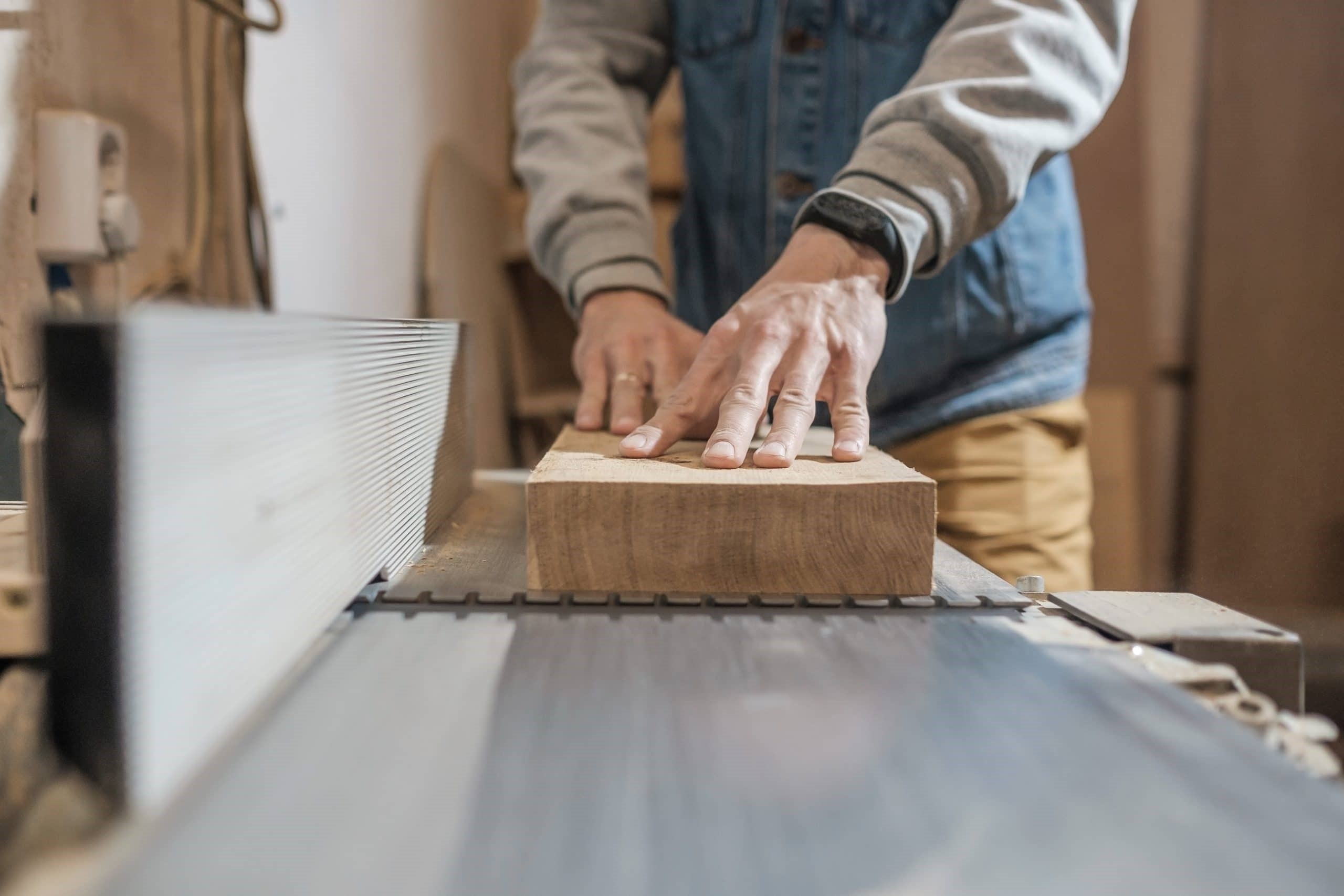
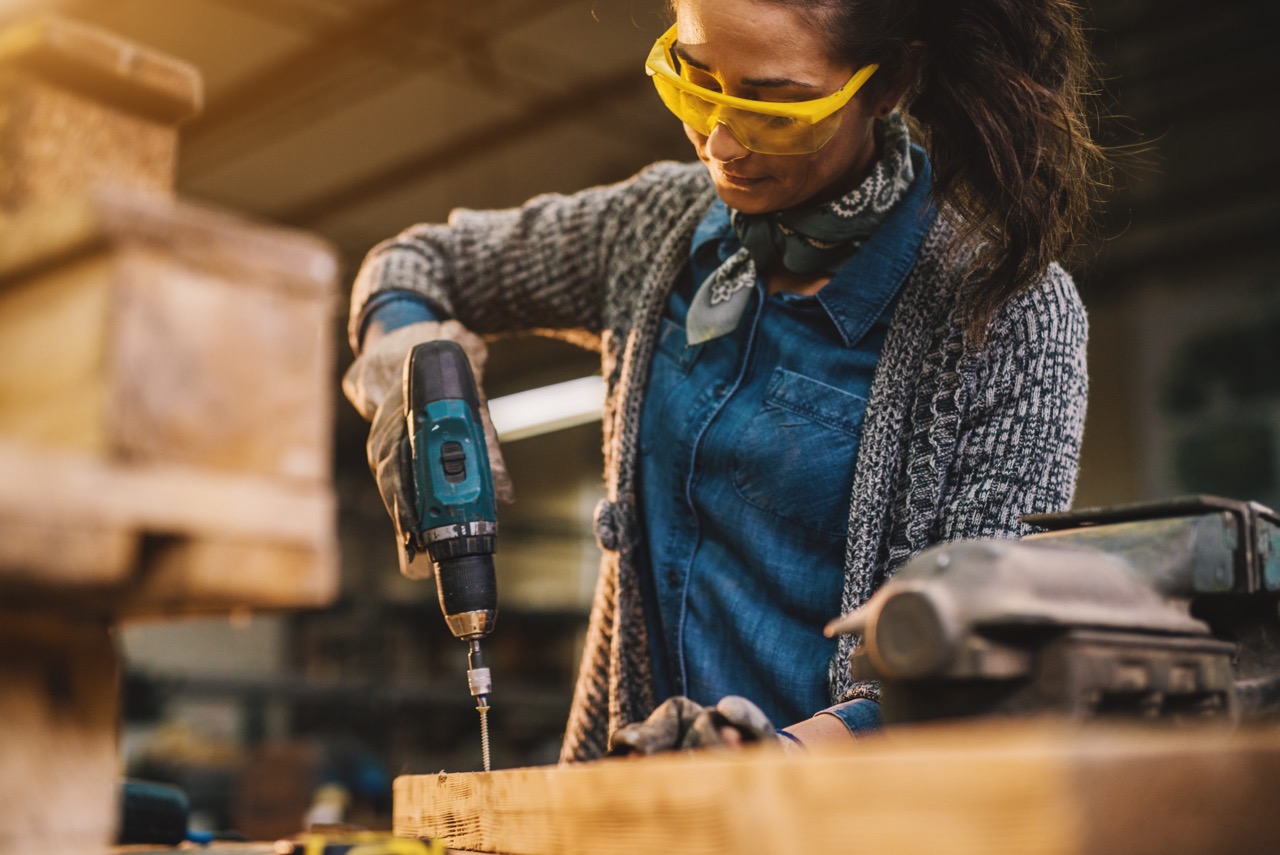
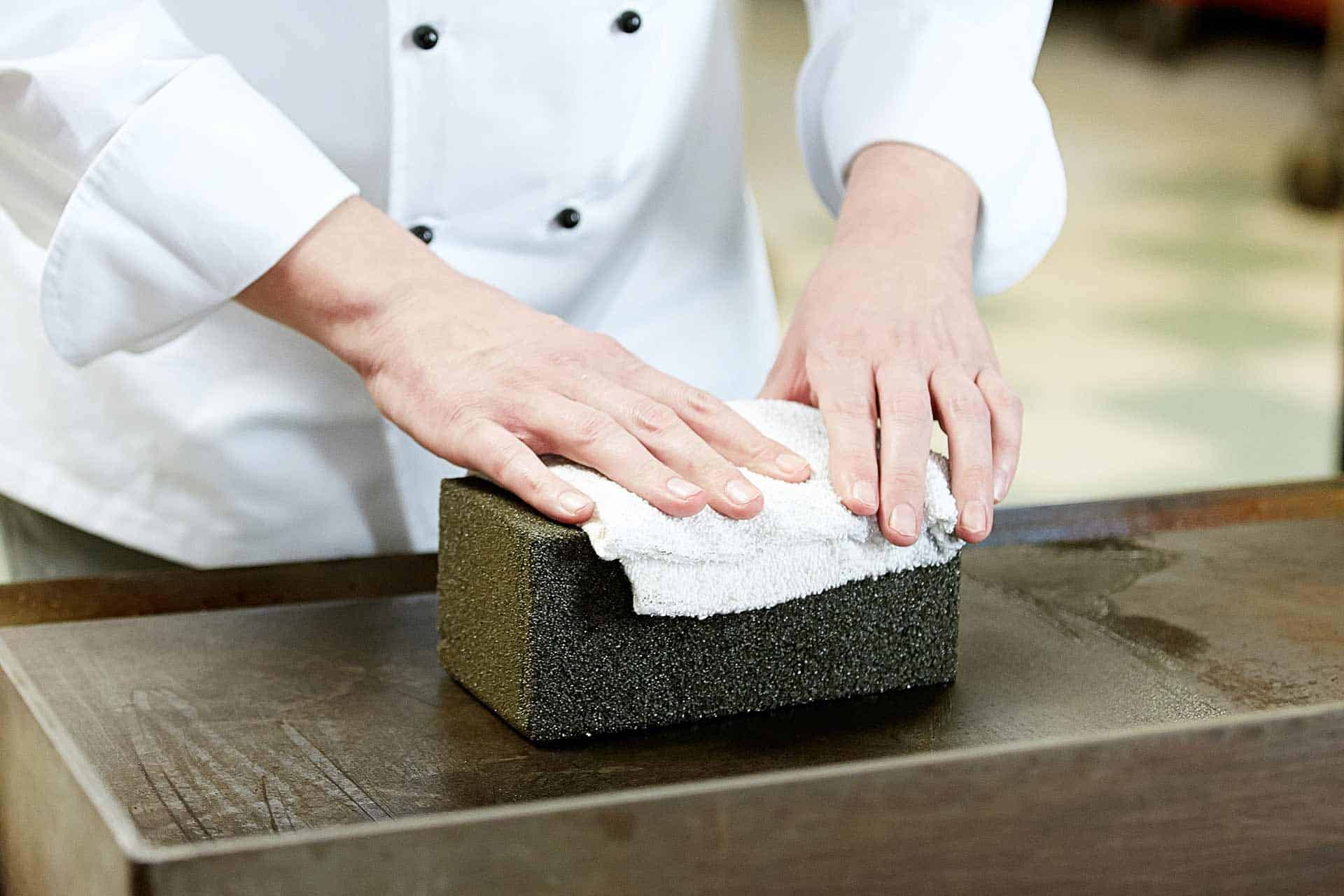
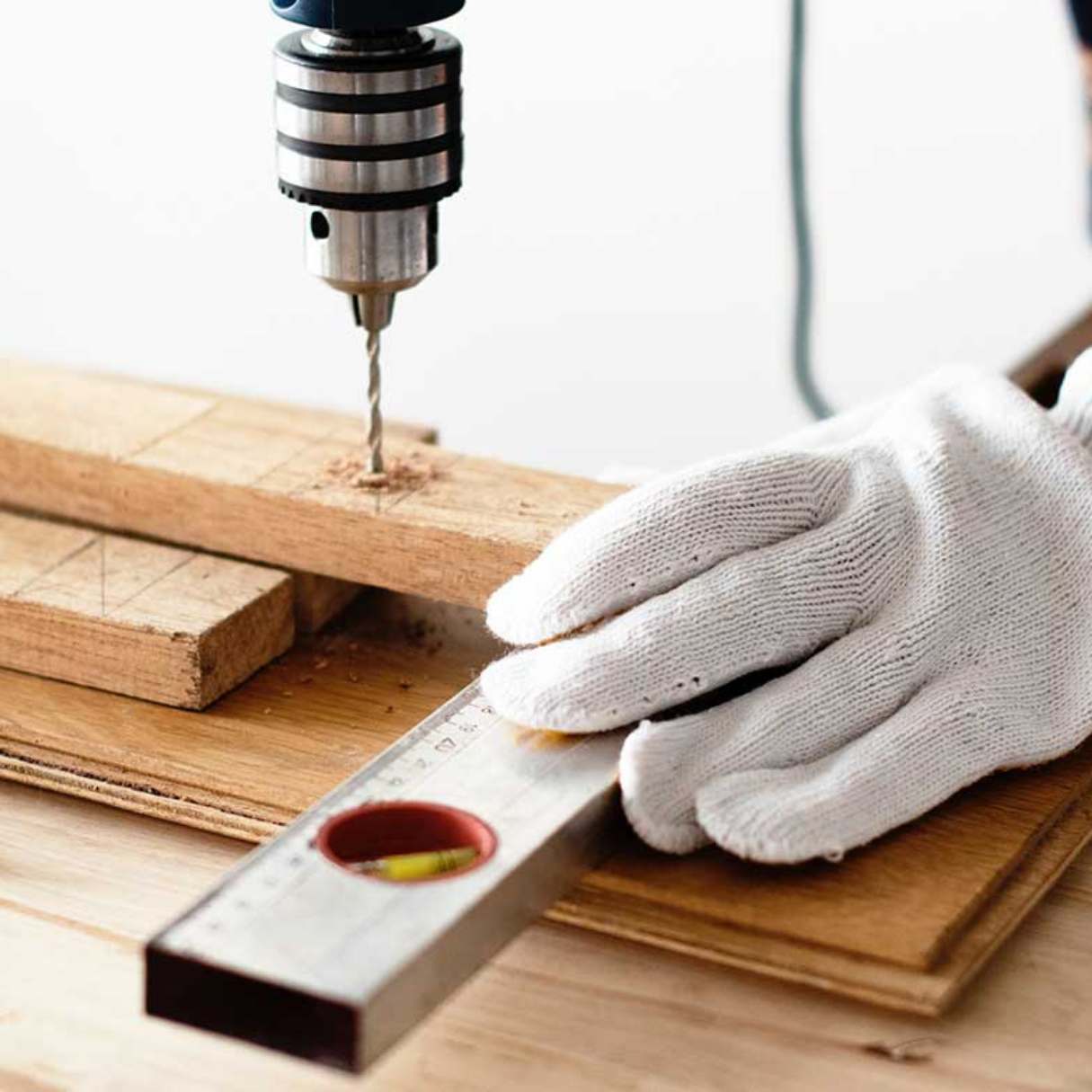
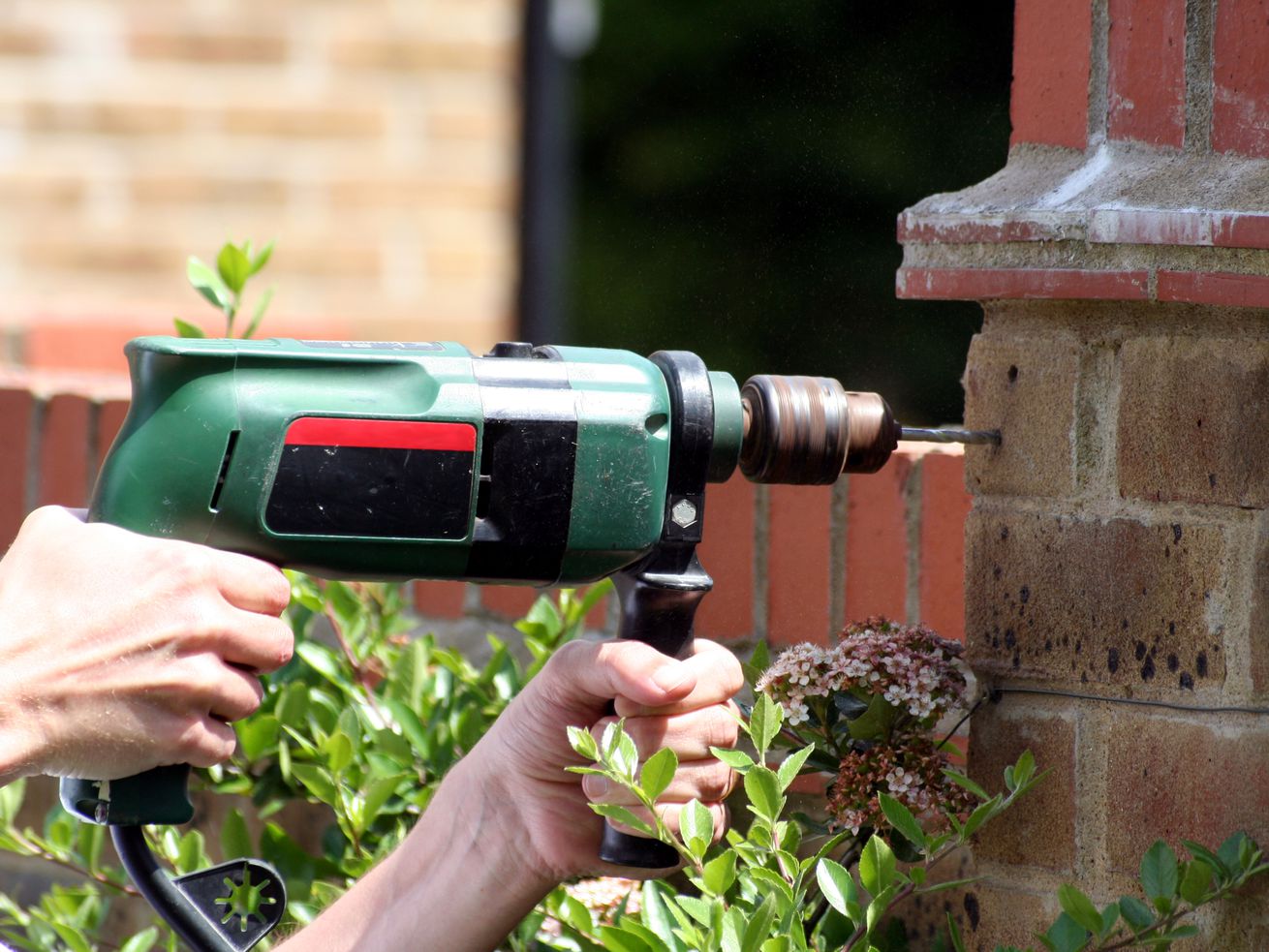
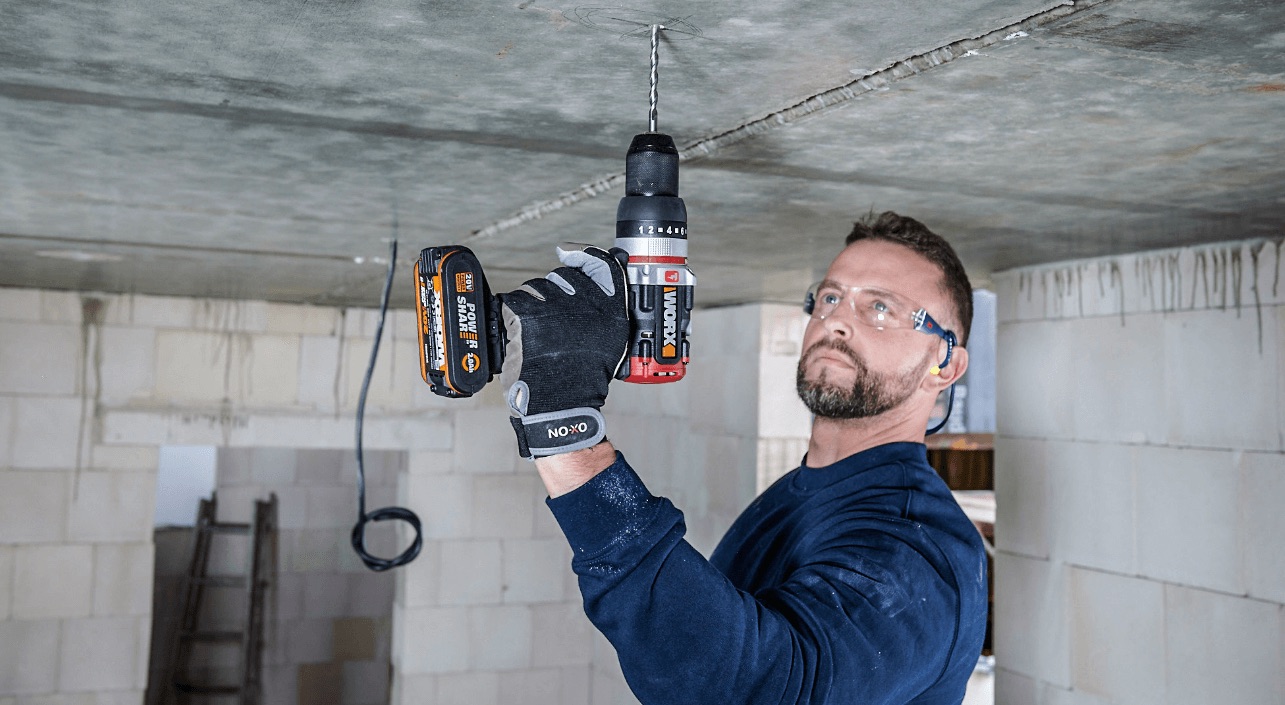
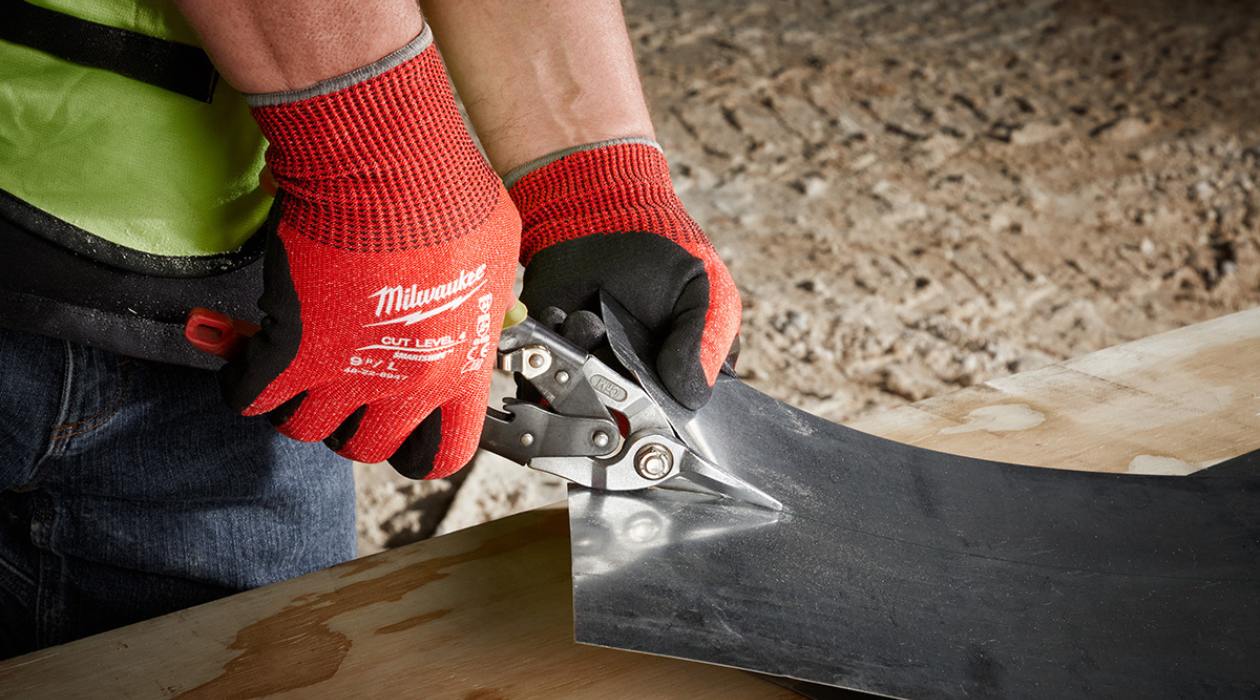
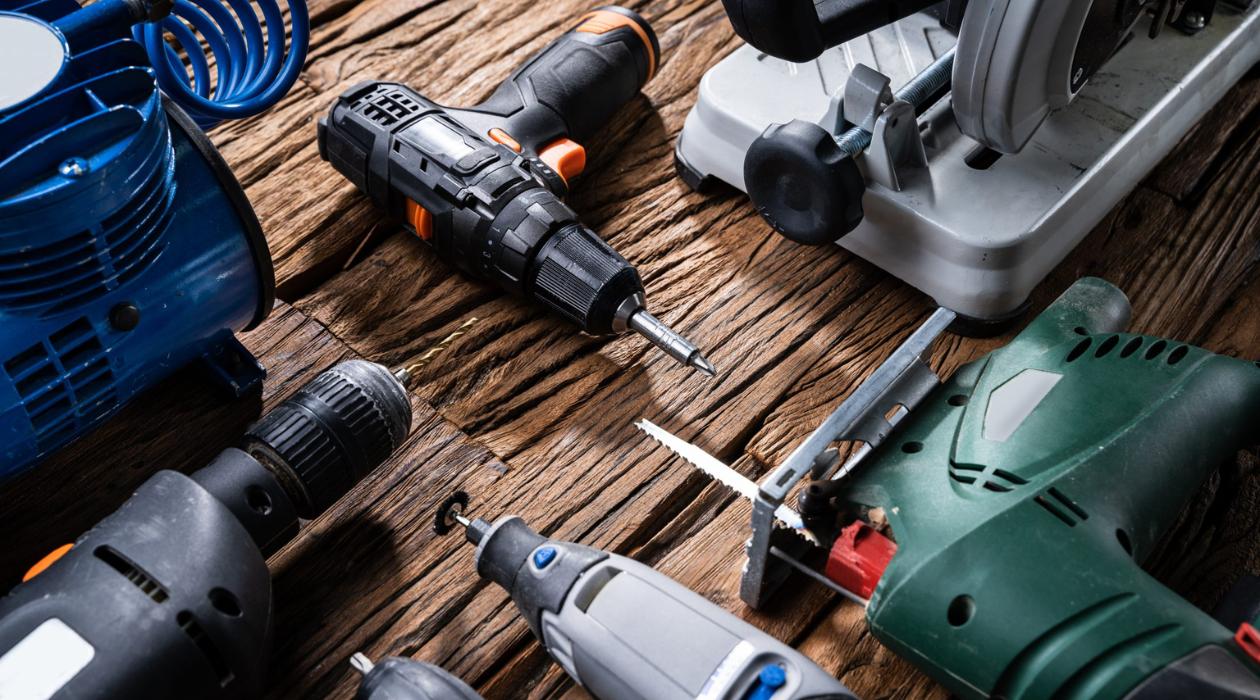
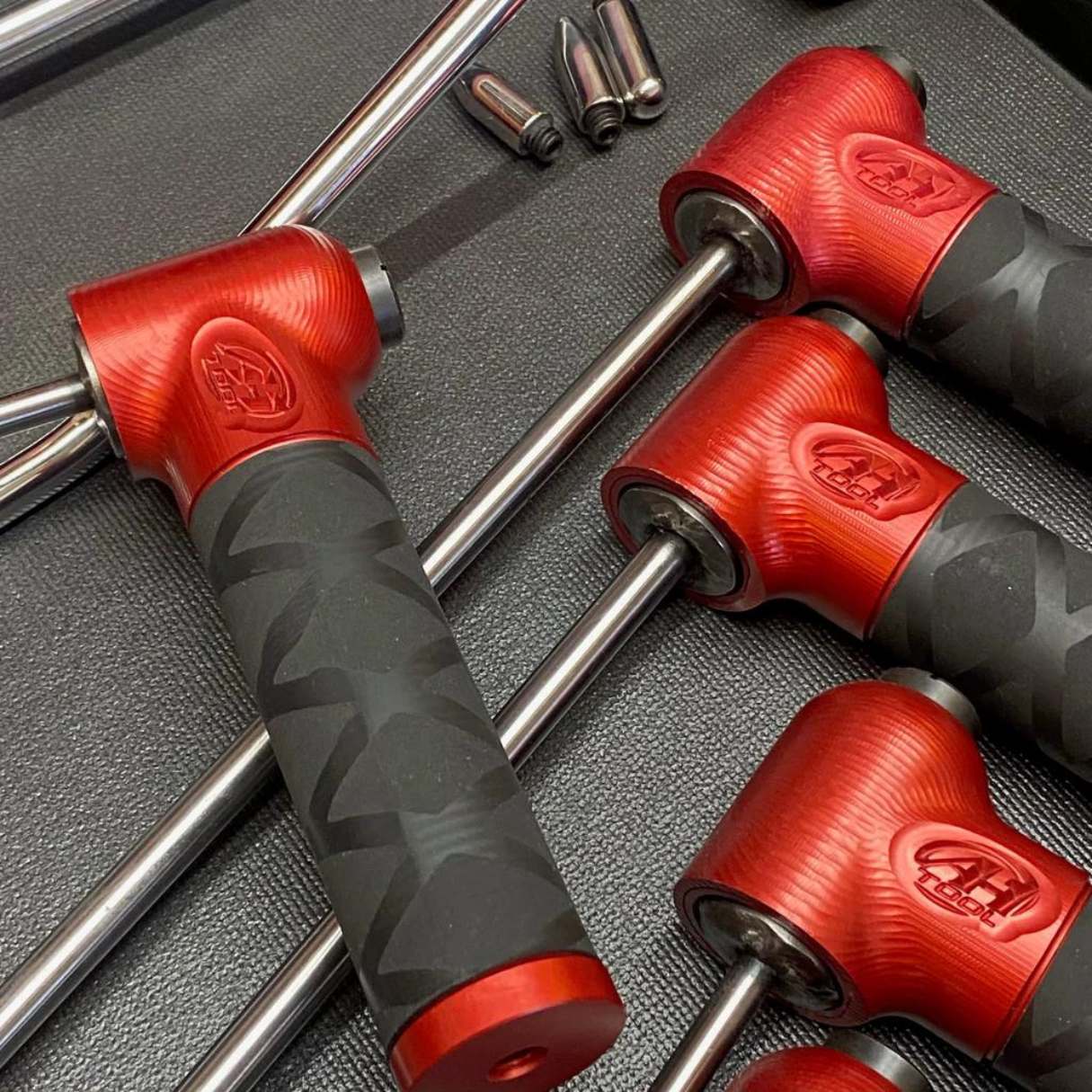
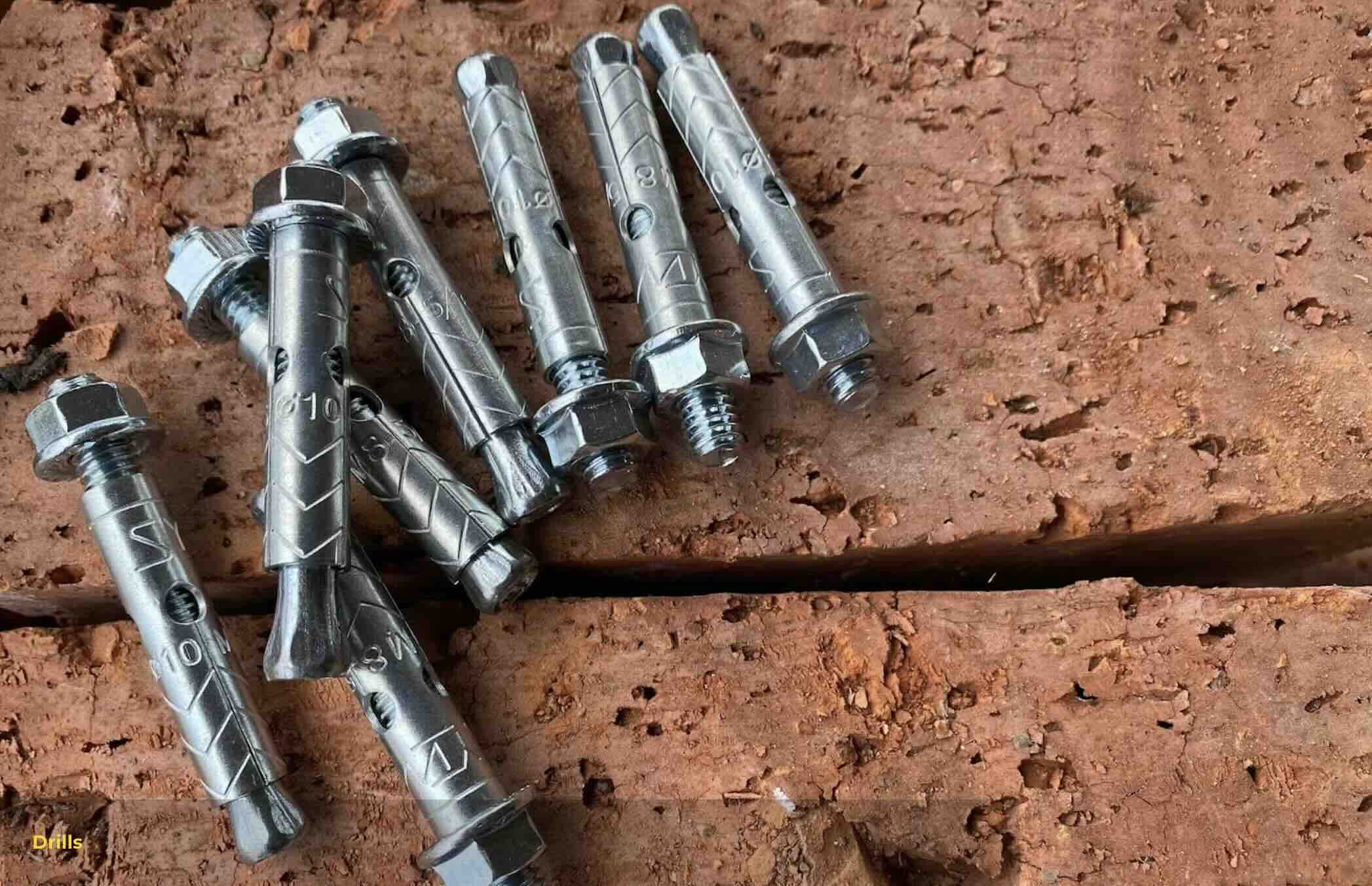
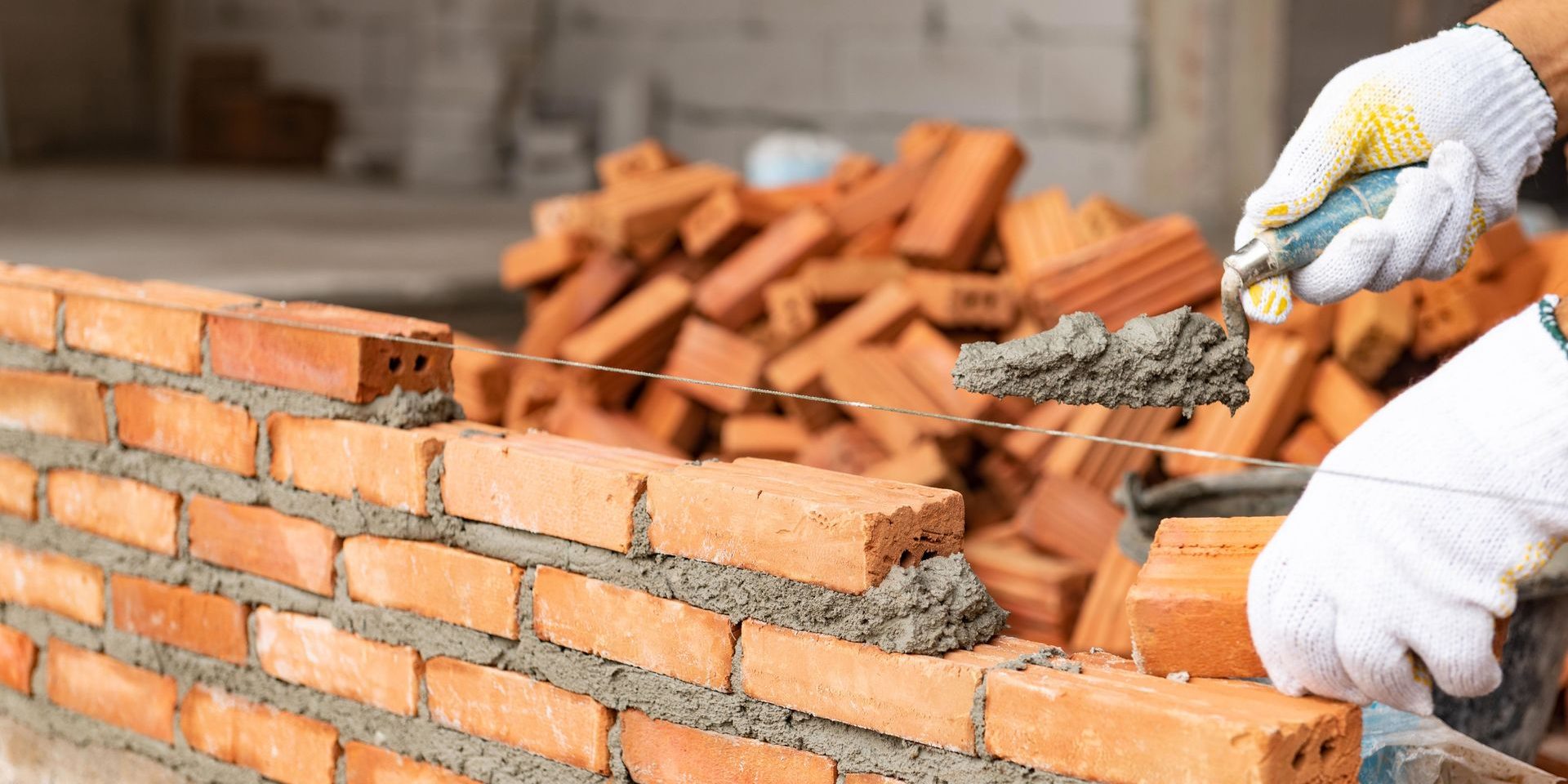

0 thoughts on “How To Use A Brick Jointer Tool”